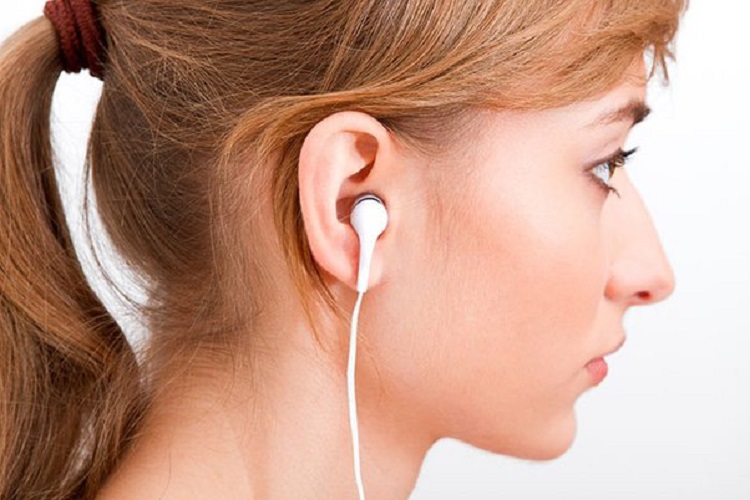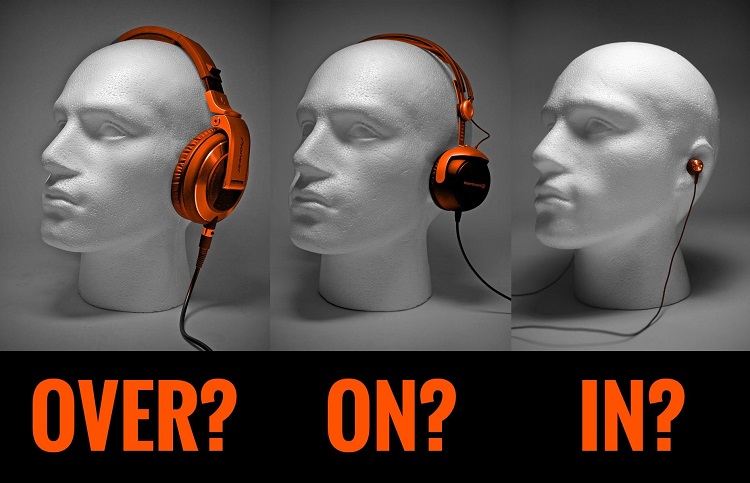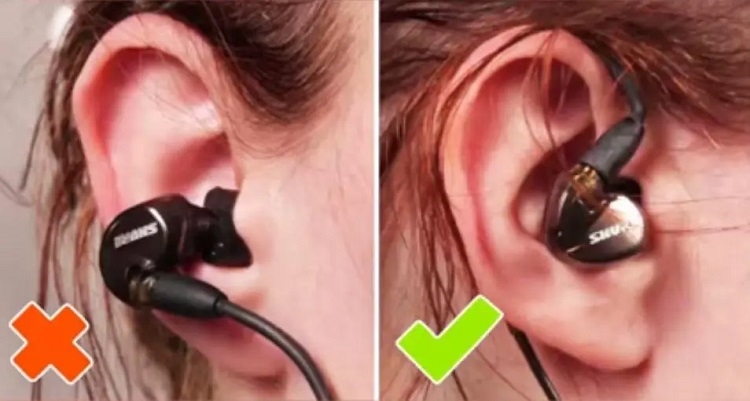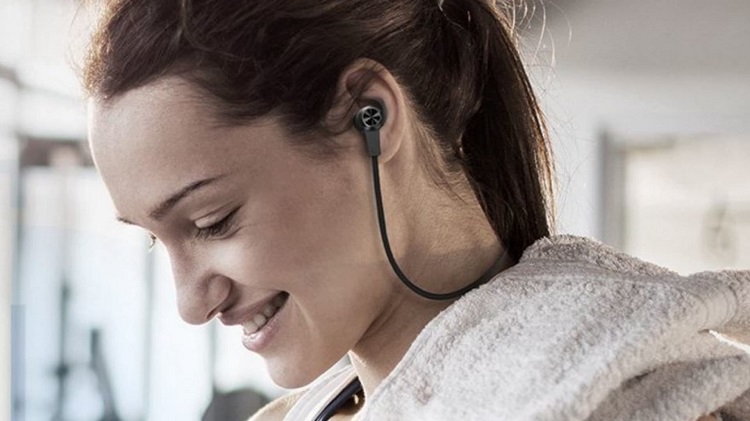
Imagine you’ve just bought a new pair of headphones, and you’re eager to try them out. You wear the headphones, but something just doesn’t feel quite right about them. You feel a bit of discomfort – not so much so that it hurts, but just enough for it to be noticeable and annoying that it distracts you.
Because of that, you often find yourself adjusting and readjusting your headphones just to get a better fit, but even after doing so, you end up constantly catching the headphones from falling off your head.
As silly as this sounds, a lot of people experience this issue, especially if they’re dealing with headphone models that they’re not used to. In most cases, this is the result of not wearing your headphones properly.
Now that you’ve picked out the perfect pair of headphones that has everything you need to make it a perfect fit, let’s go over best practices to follow for actually wearing the different kinds of headphones.
Over-ear headphones
If you have over-ear headphones, check the ear cups to identify which is for your left ear (written "L") and which is for your right ear (written "R"). Left earcup over left ear, right earcup over right ear. The headband should be centered at the top.
Next, adjust the headphones for comfort. Your ears should fit tightly in the ear cups, not rubbing on the outer cushion or the hardware. You may need to extend or retract the earcups to center your ears. Then, adjust the earcups laterally or vertically to reduce strain on your head or ears. If you'll be moving a lot and don't want the headphones to fall off, retract the ear cups to make the headband dig into your head.
If you wear glasses, swivel the ear cups so they don't touch the frame. This causes sound to leak. Alternately, try slightly repositioning your glasses so the pressure doesn't rise.

On-ear headphones
The technique of placing headphones over the ear or on the ear is exactly the same as the procedure of placing headphones on the ear. The one and only distinction is that when you use on-ear headphones, you don't need to make sure that the ear cup precisely clamps around your ear; rather, all you need to do is make sure that the ear cup is sitting in the exact middle of your ear.
In-ear headphones
In-ear headphones are popular among travelers and athletes; therefore, it's crucial to wear them so they don't fall out.
Make sure you have the right-sized in-ear headphone tips. Most are tiny, medium, or huge. Each ear may be a different size, so use two different-sized points. After choosing the proper size tip, you can insert in-ear headphones. Pull on your ear's outer rim and put the tip inside your ear canal. The earphone marked "L" goes in your left ear and "R" in your right ear. Once in, pull down on your ear lobe and push the tip until it seals. and the other ear.
Even when properly inserted, in-ear headphones can slip out or loosen with enough movement. Loop the headphones' cable around each ear. Attach stabilizers to your in-ear headphones to keep the ear tip from shifting. You can also use a clothes clip or magnetic cord holder to secure the headphones' cable to your shirt. By securing the cord, less momentum will be conveyed to the in-ear headphones.

Imagine listening to your favorite record or viewing a movie while constantly adjusting your headphones. Doesn't sound perfect, right? These are some issues that might arise from improper headphone use.
Not quite. Misusing headphones can cause headaches and ear pain. The cord can get in the way if you use your headphones incorrectly when exercising or running. You're right if you think it'd be hard to have fun in these conditions. Correctly using headphones can improve your listening experience. Wearing headphones correctly lets you appreciate your music and the headphones themselves.
Properly wearing your headphones will help with maintenance and longevity because you'll be utilizing them as intended. Proper fit offers a more solid seal for optimal sound isolation and breathability, which are dependent on headphone design.

audiomav.com

Photo file: cnbc.com
When earbuds are used as described above, there are a number of good things that can happen.
You should now be able to wear your headphones comfortably in order to get the most out of your listening experience if you keep these suggestions and in-depth instructions in mind. Not only are you able to use headphones in the manner for which they were designed to be worn, but you should also be aware of the things to watch out for in order to lessen the level of general discomfort caused by doing so.